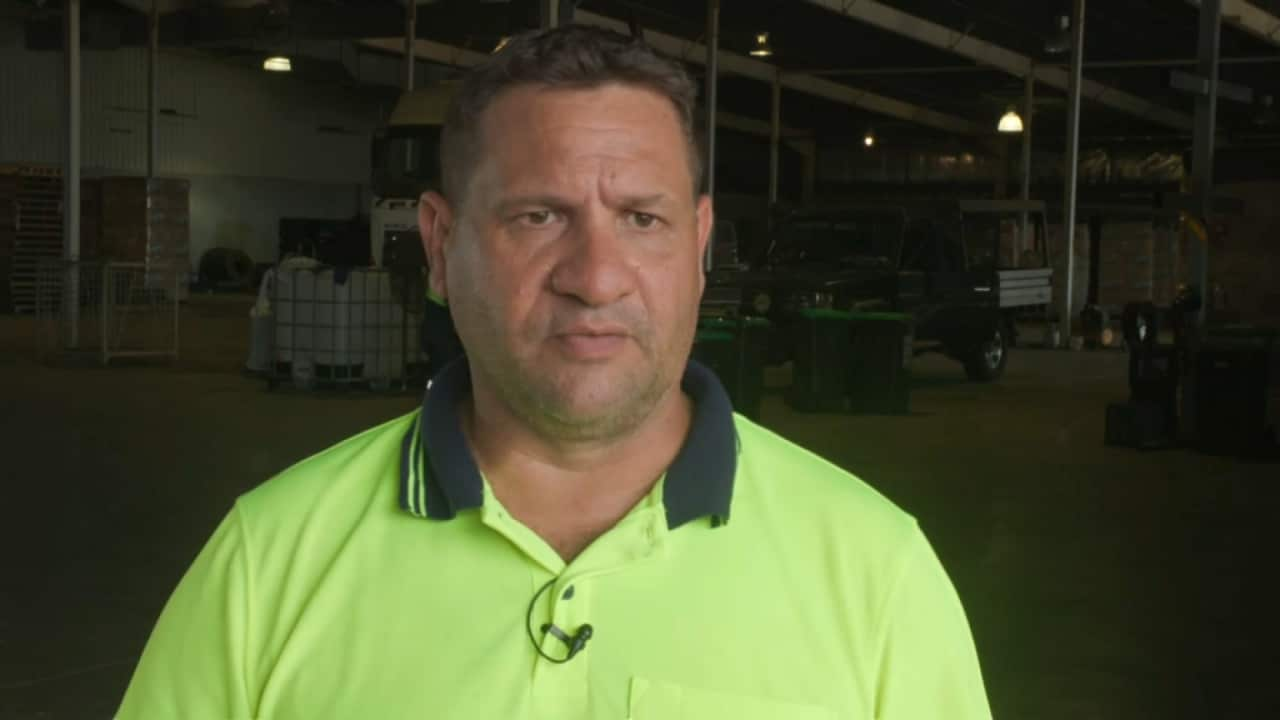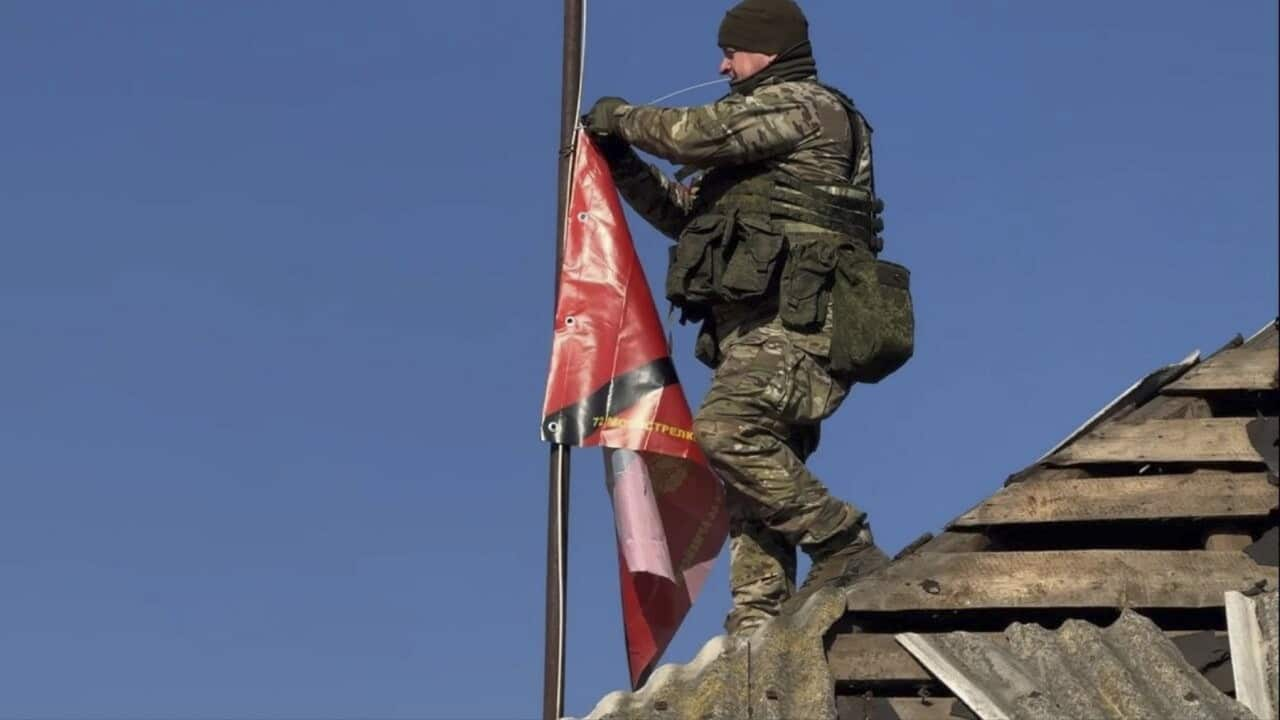Italiano
L’Australia sta investendo più soldi che mai nella produzione di suoi programmi televisivi.
Lo scorso anno, la cifra record di 2.9 miliardi di dollari è stata spesa soltanto per la produzione di sceneggiati.
Ma un programma su quattro prodotto qui ha ancora un cast interamente anglo-celtico, secondo una sferzante critica di Screen Australia.
L’attrice di base a Sydney Tiffany Wong ha detto di non essere affatto sorpresa di sentire questa critica.
“I know that a lot of my friends that come from an Anglo background definitely have a lot more opportunity than I do. A couple of years ago when I was being submitted in person to these all ethnicity casting calls, I would notice that everyone else would have blonde hair or pale skin, and that was quite daunting to me.”
La nuova relazione di Screen Australia – dal titolo Seeing Ourselves – ha esaminato più di 3000 personaggi principali di 361 sceneggiati australiani trasmessi tra il 2016 ed il 2021.
L’amministratore delegato Graeme Mason ha detto che la rappresentazione sta sì migliorando, ma troppo lentamente.
“In just about every category, we've seen significant upswings, but not enough. We're nowhere near yet getting to parity of population. But things are definitely improving, with particular note - First Nations is hitting it out of the ballpark, and that's a beacon, I think, that we'd like to see in all the others.”
Tra il 2016 e il 2021, la rappresentazione di aborigeni è aumentata dal 4.8 al 7.2 per cento – più del doppio rispetto alla loro presenza tra la popolazione australiana.
Ci sono stati anche più personaggi LGBTIQ+ - saliti al 7.4 per cento – ma indietro rispetto al loro 11% di fascia di popolazione.
La rappresentazione degli extra europei è salita dal 6.9 al 16 per cento, ma ancora non riflette il quarto della popolazione reale che compongono.
E mentre personaggi con disabilità sono diventati più presenti – saliti dal 3.6 al 6.6 per cento – hanno mancato più di tutti il bersaglio – quasi tre volte più basso di quello nella popolazione reale.
Mason crede che ogni rete e servizio streaming possa beneficiare dall’aumento di queste cifre.
“And I think it's on three different counts. One, it's culturally important, and particularly for us, as a cultural agency, that really matters. It matters creatively to have a range of voices telling a range of stories. It also matters commercially - because anyone who's really trying to attract viewers - whether it's to sell ads or to make sure you keep subscribing or just to be aware of that channel - they need to reflect back to people themselves.”
Ma per raccogliere i frutti, Wong ha detto che tutti quelli che lavorano nell’industria devono sedersi intorno ad un tavolo.
“It's not just production companies wanting to tell new, diverse stories. It's also casting directors or directors being open to having diverse talent, even when it's not a story about a particular ethnic background or a particular family. I think it's just a hard thing where it's just a sort of cultural shift, and some people aren't used to seeing other people on screen, and some people aren't used to seeing themselves on screen as well. So it's just - it's a hard one.”
English
Australia is now putting more money into producing its own television shows than ever before.
Last year, a record $2.29 billion was spent on producing scripted dramas alone.
But one in four of every show produced here still has an entirely Anglo-Celtic cast, according to a sweeping review from Screen Australia.
Sydney-based actress Tiffany Wong says she is not at all surprised to hear it.
“I know that a lot of my friends that come from an Anglo background definitely have a lot more opportunity than I do. A couple of years ago when I was being submitted in person to these all ethnicity casting calls, I would notice that everyone else would have blonde hair or pale skin, and that was quite daunting to me.”
Screen Australia's new report - titled Seeing Ourselves - looked at more than 3,000 main characters from 361 Australian dramas broadcasted between 2016 and 2021.
CEO Graeme Mason says it found representation is improving, but too slowly.
“In just about every category, we've seen significant upswings, but not enough. We're nowhere near yet getting to parity of population. But things are definitely improving, with particular note - First Nations is hitting it out of the ballpark, and that's a beacon, I think, that we'd like to see in all the others.”
Between 2016 and 2021, First Nations representation increased from 4.8 per cent to 7.2 per cent - almost double the figure of the Australian population.
There were also more LGBTIQ+ characters - rising to 7.4 per cent - but falling short of their 11 per cent share of the population.
Non-European representation surged from 6.9 per cent to 16 per cent, but still doesn't reflect the quarter of the real population they make up.
And while characters with disabilities became more present - up from 3.6 per cent to 6.6 per cent - they missed the mark by the most - almost three times lower than in the real population.
Mr Mason says he believes every network and streaming service would benefit from improving those figures.
“And I think it's on three different counts. One, it's culturally important, and particularly for us, as a cultural agency, that really matters. It matters creatively to have a range of voices telling a range of stories. It also matters commercially - because anyone who's really trying to attract viewers - whether it's to sell ads or to make sure you keep subscribing or just to be aware of that channel - they need to reflect back to people themselves.”
But to reap the rewards, Ms Wong says everyone in the industry needs to come to the table.
“It's not just production companies wanting to tell new, diverse stories. It's also casting directors or directors being open to having diverse talent, even when it's not a story about a particular ethnic background or a particular family. I think it's just a hard thing where it's just a sort of cultural shift, and some people aren't used to seeing other people on screen, and some people aren't used to seeing themselves on screen as well. So it's just - it's a hard one.”
Report by SBS News.




